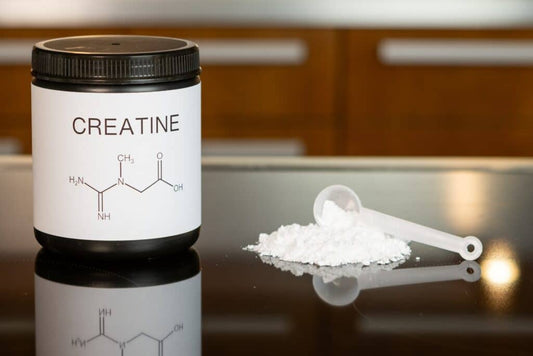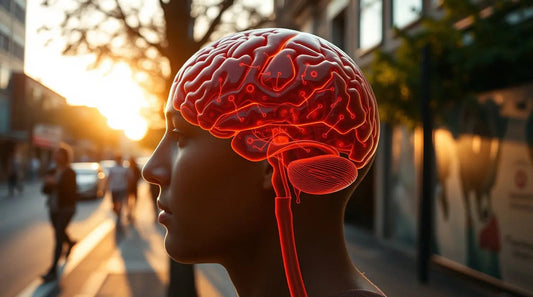At Last: The Science That Proves Long COVID Is Real—Here Are the Biomarkers That Shut Down the Deniers

For far too long, millions suffering from Long COVID have faced the stigma of being dismissed—told it’s “all in their head.” That era has ended. New science now confirms: Long COVID is not psychosomatic. It’s real. In this watershed moment, biomarkers—tiny molecular footprints detectable in blood and bodily systems—now provide undeniable evidence that Long COVID is a physiological, not psychological, condition.
Why This Matters: A Turning Point for Belief
Long COVID affects an estimated 6–7% of adults globally; symptoms span fatigue, brain fog, breathlessness, post‑exertional malaise, and cognitive dysfunctionWikipedia. Until recently, diagnosis relied entirely on patient accounts and exclusion of other conditions, leading to skepticism. Now, thanks to multiple landmark studies, biological signatures are emerging that validate these accounts—and ignite hope for precise diagnostics and treatment.
1. The Viral Footprint: SARS-CoV-2 Protein Fragments in Extracellular Vesicles
In what is perhaps the most compelling evidence yet, researchers from TGen and Lundquist Institute have discovered fragments of the SARS‑CoV‑2 Pp1ab replicase enzyme—unique to the virus—within extracellular vesicles (EVs) of Long COVID sufferers. These fragments appear in serial blood samples over 12 weeks, but are entirely absent in pre‑pandemic controls Source: News-Medical. This finding strongly indicates either persistent viral remnants or reservoirs, offering tangible, measurable confirmation of Long COVID’s physical basis.
2. A Signature of Inflammation: Blood Biomarkers Linked to Key Symptoms
A study published in Nature Immunology uncovered a blood biomarker signature—including CCL3, CD40, IL‑18, IKBKG, and IRAK1—that correlates specifically with breathlessness and lung injury in Long COVID patientsPMC+15ContagionLive+15News-Medical+15Karolinska Institutet News+3Nature+3ContagionLive+3. These markers are tied to inflammatory and apoptotic pathways and may pave the way for symptom‑targeted diagnosis and therapies.
3. Blood-based Biomarkers for Lung-Dominant Long COVID
Karolinska Institutet and Cardiff University researchers identified a unique set of blood proteins exclusively present in Long COVID patients with severe respiratory symptoms, but absent in recovered individualsNews-Medical+2Karolinska Institutet News+2. Published in Nature Immunology, this elegant comparison across cohorts strengthens the evidence that Long COVID's physical manifestations are measurable and distinct.
4. AI-Enhanced Discovery: Pattern Recognition in Gut, Immune & Metabolic Profiles
A recent study using artificial intelligence (AI) analyzed blood and stool samples to identify Long COVID and ME/CFS with 90% accuracy, revealing disruptions in the microbiome, immunity, and metabolism—especially butyrate levelslemonde.fr+15Financial Times+15ContagionLive+15. While not yet biomarker‑specific, this AI‑driven pattern recognition underscores the deep biological complexity of Long COVID and its comparability to other fatigue syndromes.
5. Dynamic Biomarker Evolution Over Time
Longitudinal research shows that inflammation‑related biomarkers evolve over six months post‑infection. Initially elevated proinflammatory markers may give way to signs of immune suppression or exhaustion in longer‑term Long COVID, suggesting a dynamic, evolving pathophysiology—not imagined—but a changing biological stateMDPI.
Why This Is the Final Nail in the Coffin for Long Covid Deniers
| Why It’s Groundbreaking | What It Means |
|---|---|
| Virus-specific fragments found | Direct evidence of ongoing viral biology—not psychosomatic symptoms |
| Distinct blood protein signatures | Objective, symptom-linked diagnostic potential |
| Replication across labs and cohorts | Robust validation across demographics and study designs |
| AI reveals complex patterns | Multisystem involvement, measurable at scale |
| Temporal dynamics observed | Biological basis evolves—not imaginary or static |



